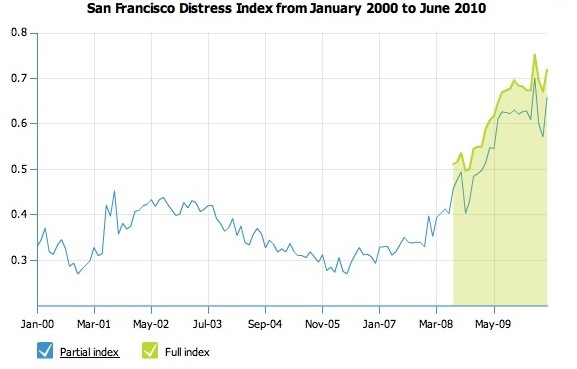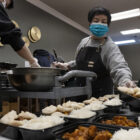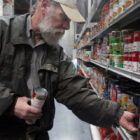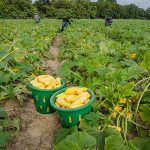Some economists and business groups say the Great Recession is over, but how do communities really know whether they’re moving out of the recession or falling behind?
A ground-breaking new tool that measures the real-world impact of the recession is providing answers. It shows that in San Francisco, at least, the worst downturn in 70 years isn’t just continuing — it may be getting worse.
The new San Francisco Distress Index, which assembles 11 types of monthly economic indicators such as foreclosure rates and food pantry visits, has risen 11 percent since June 2009 — the month when, according to the National Bureau of Economic Research, the U.S. recession supposedly bottomed out.
The index, a joint project of San Francisco-based New America Media and the Stanford Center for the Study of Poverty and Inequality, also shows that the Great Recession has been much harder on San Francisco than even the dot-com bust a decade ago. Although the downturn of 2000-2003 is widely recalled as one of the most devastating in San Francisco’s history, the current level of economic distress as measured by the index is nearly 40 percent higher than at the worst point of the dot-com bust.
Yet the reality of this extreme distress is going largely unnoticed in San Francisco and the rest of the country.
“The Dow has been going up, but we all know people are continuing to hurt,” said Aaron Glantz, who played a key role at New America Media in developing the index. “We wanted a real-time way to track the effects of the recession as people are really living it.
The idea behind the index, which took six months to develop, is to “make sure no community or individual left behind by the recovery becomes invisible,said New America Media Executive Director Sandy Close.
The NAM/Stanford Distress Index is believed to be the first economic measure of its kind in the United States. Stanford researcher Chris Wimer said the tool is unique for two reasons: the way it assembles a number of types of monthly economic data into one broad index, and the way it focuses on just one city and its residents.
Wimer said that many widely reported economic statistics such as the U.S. Census Bureau’s report this fall that one in seven Americans were living in poverty as of 2009 — are “junk” because the data is collected so infrequently and is often based on outmoded ways of measuring economic well-being.
“There is a poverty of poverty statistics,” he said.
The 11 economic indicators that make up the NAM/Stanford Distress Index include jobless rates, bankruptcies, food stamp applications, food bank pantry visits and enrollments in such safety-net programs as the city’s Healthy San Francisco health care-access program and the state’s CalWORKS cash assistance program.
Glantz said the goal was to include monthly data about “the different aspects of living that are essential to people,” such as food, shelter and income. “When these things become hard [to access], people really become distressed,” he said. New America Media and Stanford also wanted to include data that would show how the recession has affected both the middle class and the poor, he said.
The monthly data assembled by New America Media and Stanford paint a sobering picture of how the recession has hit San Francisco, which is widely thought to have weathered the downturn much better than many California cities and counties.
According to the index, the Great Recession started to be felt in San Francisco in mid-2006, a full 18 months before what economists say was its official beginning, in December 2007. The pain has increased dramatically since June 2008, with few signs of abating.
The number of bankruptcy filings this past June, for example, was 76 percent higher than in June 2008. In the same period, foreclosures jumped 51 percent and requests for homeless assistance rose 32 percent.
This past June, more than 100,000 households in San Francisco visited one of the city’s food banks, up 52 percent from two years before.
Close said she hoped the Distress Index would serve as a model for a new way of measuring poverty in local communities in real time.
“In this instance we’ve applied the index to San Francisco, but as a tool, the index, using local indicators, can be applied anywhere in the country."
She said New America Media hopes to develop similar Distress Indexes for cities throughout the Bay Area and California and to use them to document not just how the continuing recession is being felt in different parts of the state, but the economy’s eventual recovery.
Sandra R. Hernandez, chief executive officer of the San Francisco Foundation, said the index buttresses her organization’s decision to funnel $5 million into three key areas: preventing foreclosures, creating jobs and strengthening the city’s safety net. The San Francisco Foundation provided funding for creation of the Index, as did the Wallace Alexander Gerbode Foundation. (The San Francisco Foundation is also a funder of the Public Press.)
The NAM/Stanford Distress Index will be updated monthly, with the results available on New America Media’s website. Wimer’s report on the index, “Measuring Economic Distress in San Francisco,” can be found at the website of the Stanford Center for the Study of Poverty and Inequality.










